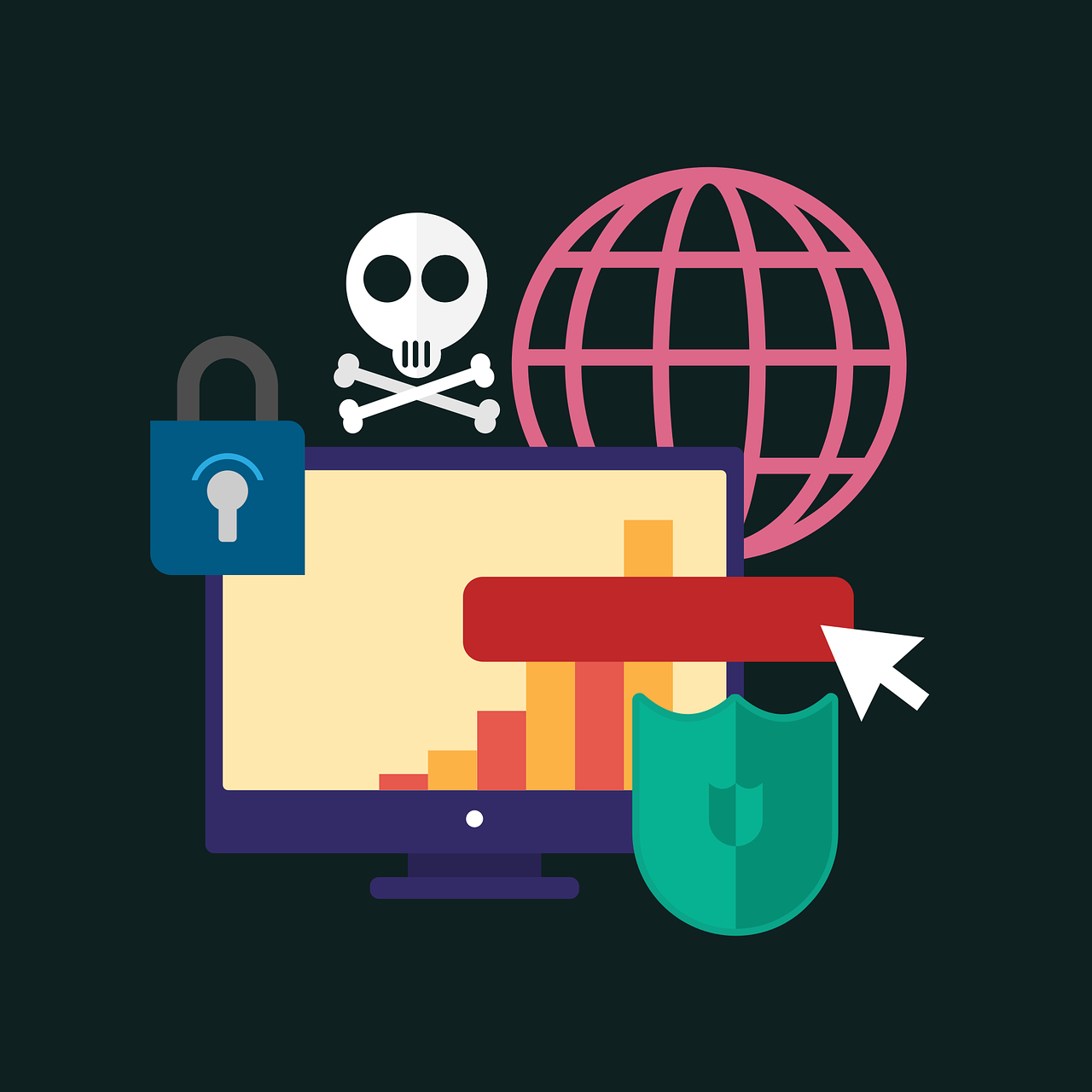
Workspaces, a VPN & More – Learn the Newest Microsoft Edge Features
Microsoft Edge continues to redefine user experiences. This is due to Microsoft’s commitment to innovation. The latest updates bring a host of features. These are designed to enhance productivity, security, and browsing satisfaction. Chrome may have been number one for years. But Edge has been steadily gaining popularity. It is now the third most popular […]






